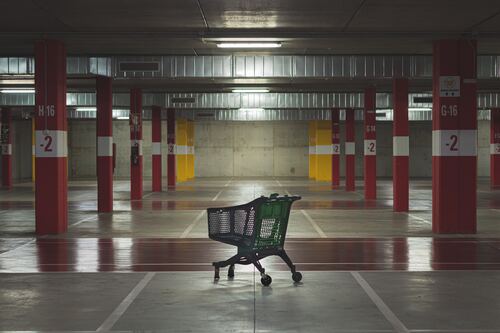In modern storage and logistics, the Heavy Duty Warehouse Trolley stands tall as the unsung hero, quietly but efficiently playing a crucial role in the smooth functioning of warehouses and distribution centres worldwide. These robust and versatile trolleys have become the backbone of modern storage, revolutionising how goods are handled, transported, and organised within these bustling hubs of commerce. Explore the significance of these trolleys, their diverse applications, and why they are an indispensable tool in the storage and logistics industry.
Versatility in Material Handling
One of the primary reasons these warehouse trolleys have become indispensable is their incredible versatility in material handling. These trolleys are designed to accommodate many goods, from small, fragile items to bulky, heavy loads. They often come with adjustable shelves, allowing warehouse workers to customise the trolley’s configuration according to the specific needs of the task at hand. This adaptability ensures that goods of various sizes and shapes can be efficiently transported and stored, reducing the risk of damage and optimising space utilisation.
Enhancing The Productivity Quotient
Efficiency and productivity are paramount in the warehousing industry. These trolleys significantly contribute to enhancing these aspects. With the ability to transport multiple items simultaneously, these trolleys reduce the number of trips warehouse workers need to make, thereby saving time and energy. Furthermore, the ergonomic design of these trolleys minimises physical strain on workers, allowing them to focus on their tasks without the risk of injury. The availability of features like handles, brakes, and easy manoeuvrability ensures that warehouse personnel can work efficiently and safely, ultimately leading to higher productivity levels.
Helping Space Optimisation
Space is often at a premium in warehouses and distribution centres. Heavy-duty trolleys are designed to make the most of available space. Their compact yet sturdy construction allows them to navigate through narrow aisles ensuring that no space is wasted. This feature is precious in densely packed warehouses where every square foot matters.
Additionally, heavy-duty trolleys can be stacked or nested when not in use, further optimising storage space. This space-saving design is an essential factor in keeping operational costs down and maximising the warehouse’s storage capacity.
Durability and Longevity
The demanding environment of a warehouse requires equipment that can withstand harsh conditions. A Heavy duty Warehouse Trolley is built to last. They are typically constructed from materials such as steel or aluminium, ensuring their durability even in the face of constant wear and tear. These trolleys can endure the weight of heavy loads without succumbing to deformation or damage. This longevity translates into cost savings for warehouse operators, who do not need to replace or repair their equipment frequently. In the long run, heavy-duty trolleys prove to be a wise investment.
Safety and Security
Safety should always be a top priority in a warehouse setting. These trolleys are equipped with safety features to protect both workers and the goods being transported. Anti-slip surfaces on shelves and non-marking wheels ensure that items remain stable during transport, reducing the risk of accidents and damage. Furthermore, many heavy-duty trolleys have locking mechanisms or brakes that keep the trolley stationary when needed. This feature is vital when loading or unloading goods, preventing unexpected movement and potential accidents.
Conclusion
The Heavy Duty Warehouse Trolley serves as the unsung heroes, playing a vital role in ensuring effective handling of goods. Their versatility, productivity-enhancing features, space optimisation capabilities, durability, and commitment to safety make them an indispensable tool for warehouse operators worldwide. As technology evolves, heavy-duty trolleys will become even more sophisticated and integral to the ever-expanding world of warehousing and distribution. Essentially, they remain the backbone of modern storage, quietly supporting the seamless flow of goods in our global supply chain.



